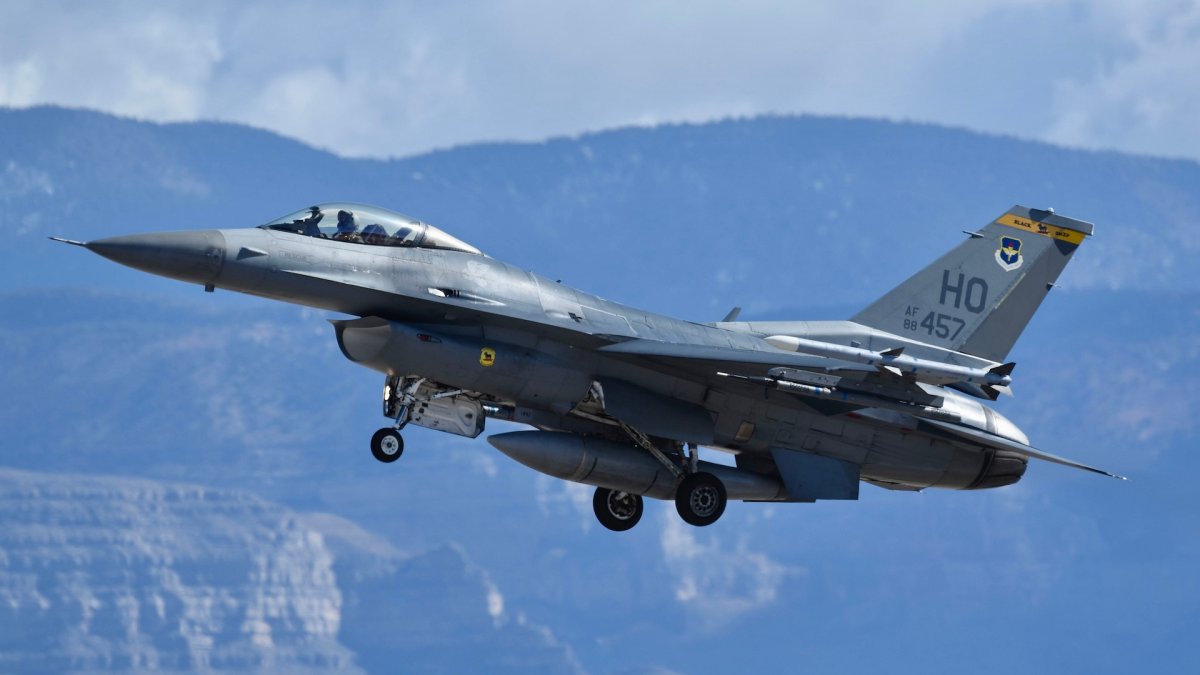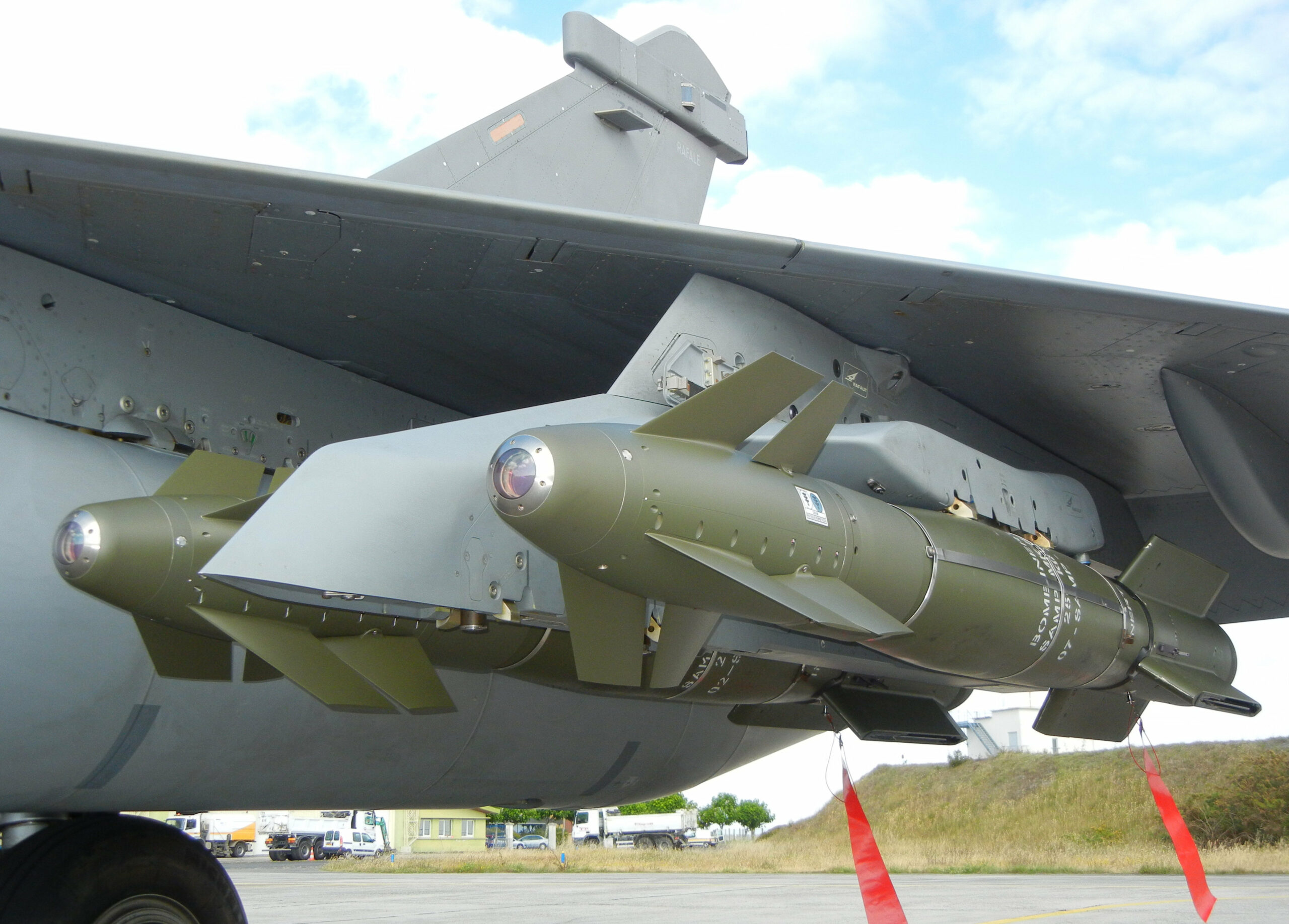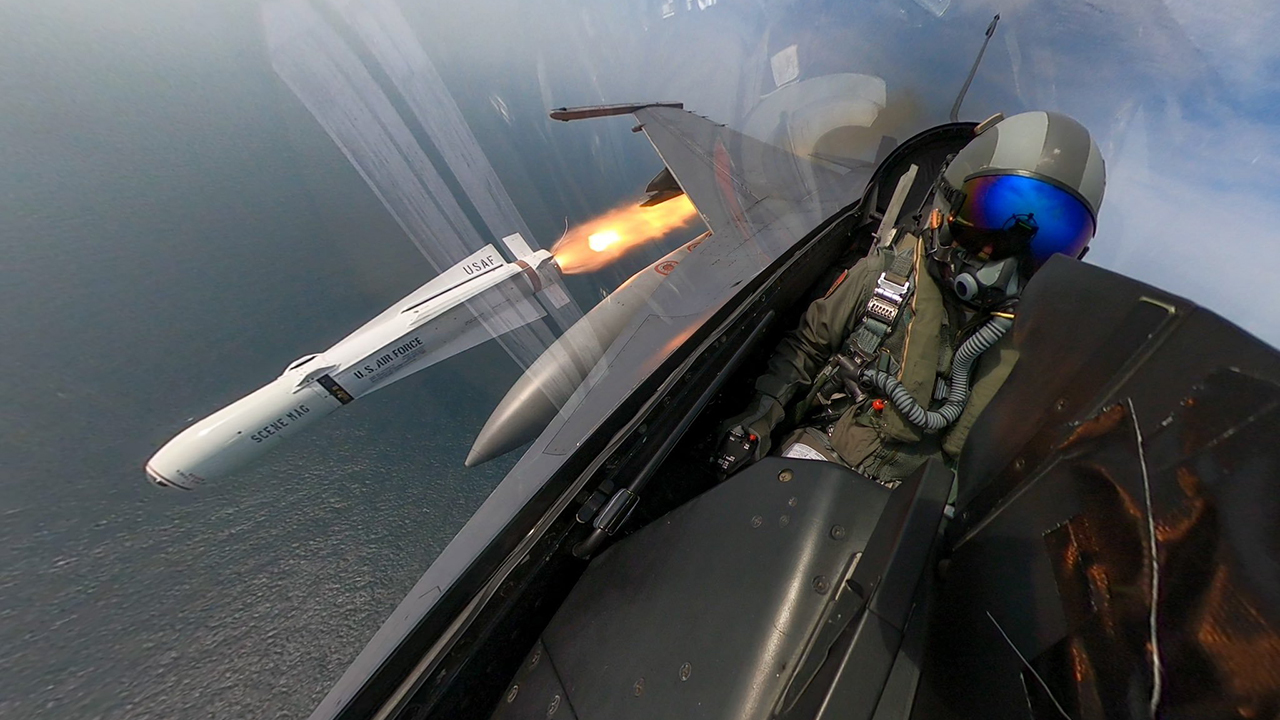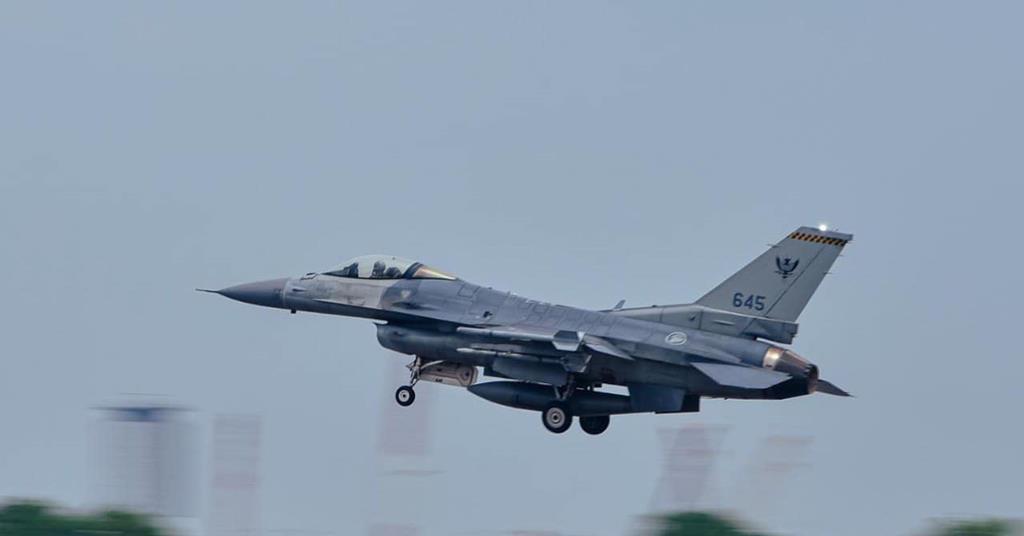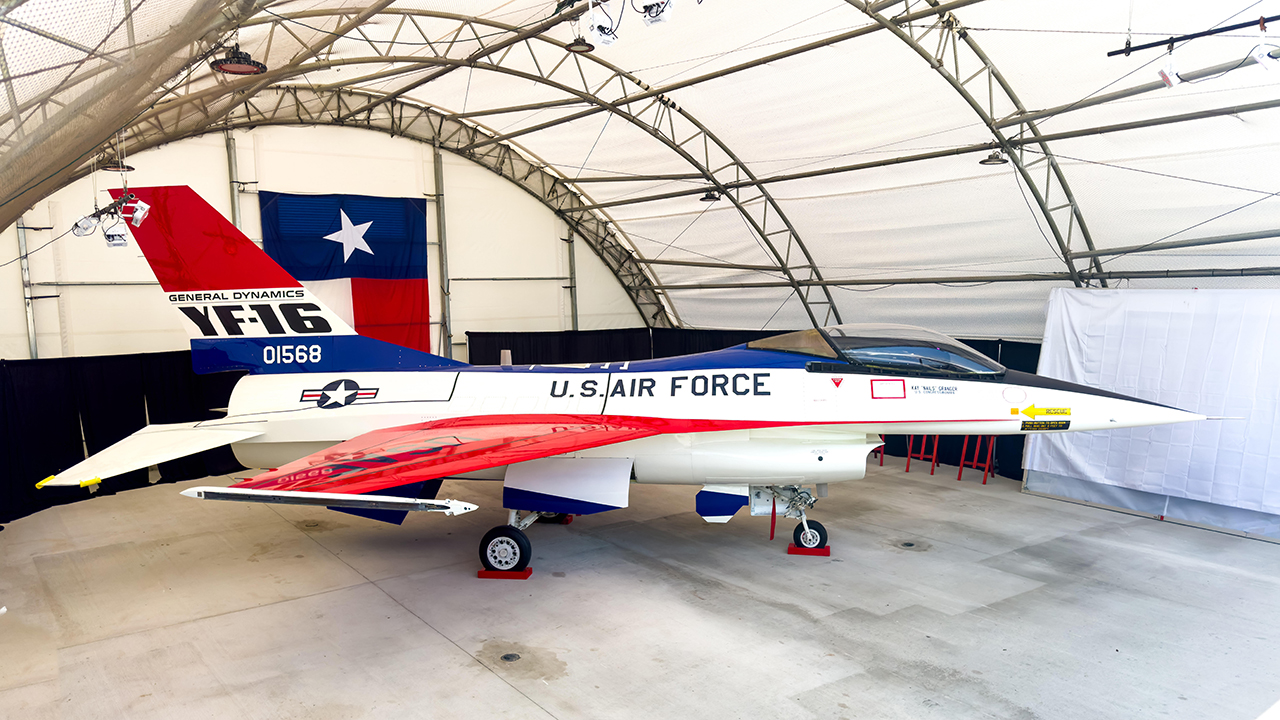F-16s Pilots Use New Sensors to Max Out Human Performance...
US Air Force F-16 pilots are testing out new sensors that could help maximize their performance and avoid deadly accidents while flying fast under heavy G-forces and stressful conditions.
Developed by the Air Force Research Laboratory, the Integrated Cockpit Sensing (ICS) system measures a pilot’s blood oxygen levels, heart rate, breathing rate, skin temperature, and other markers that show how their bodies are faring in flight. F-16 pilots from the Air Force Test Pilot School (TPS) at Edwards Air Force Base, Calif., and the 59th Test and Evaluation Squadron and 422nd Test and Evaluation Squadron at Nellis Air Force Base, Nev. took the system for a spin in a series of tests from January to March.
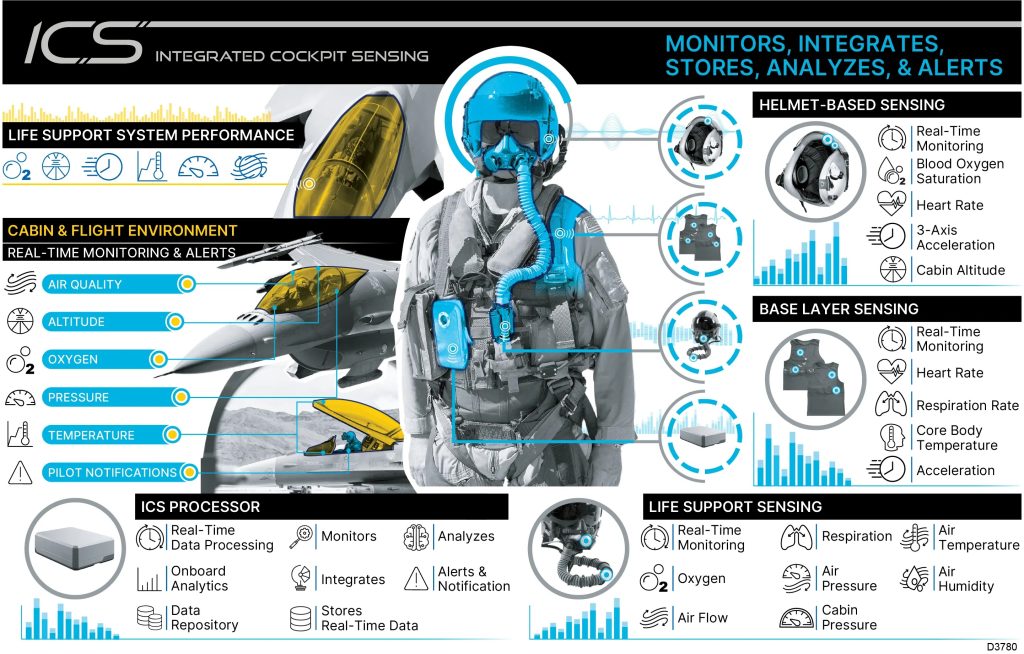
US Air Force F-16 pilots are testing out new sensors that could help maximize their performance and avoid deadly accidents while flying fast under heavy G-forces and stressful conditions.
Developed by the Air Force Research Laboratory, the Integrated Cockpit Sensing (ICS) system measures a pilot’s blood oxygen levels, heart rate, breathing rate, skin temperature, and other markers that show how their bodies are faring in flight. F-16 pilots from the Air Force Test Pilot School (TPS) at Edwards Air Force Base, Calif., and the 59th Test and Evaluation Squadron and 422nd Test and Evaluation Squadron at Nellis Air Force Base, Nev. took the system for a spin in a series of tests from January to March.


